Why I Moved to Mexico City (and Why It Wasn’t Perfect)
After spending six months in Playa del Carmen and four years enjoying the more balanced pace of life in Guadalajara, I figured I had a solid grasp on living in Mexico. So when an exciting job opportunity opened in Mexico City, I didn’t hesitate. I packed up my life and headed to the capital with high expectations of tacos, museums, rooftop bars, and vibrant urban energy.
But the reality of daily life in one of the world’s largest cities hit me harder than expected. While there’s no denying Mexico City’s cultural richness and economic opportunities, it’s not without its flaws. From dense crowds to sky-high rents, I quickly discovered that living here is an entirely different experience — and not always in a good way.
This post is my honest take on the real disadvantages of living in Mexico City — no sugar-coating, no fluff, just firsthand experience.
1. The Overwhelming Size and Crowds
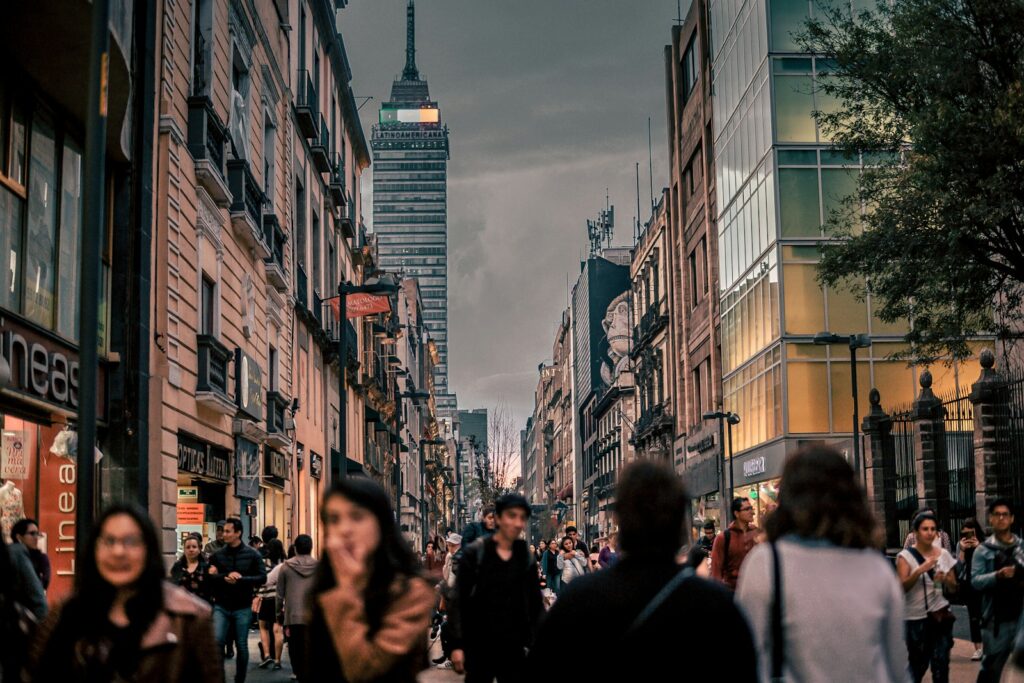
Mexico City is enormous — the metro area is home to more than 22 million people, making it one of the largest cities in the world. Getting around feels like navigating a small country every day.
In neighborhoods like Polanco, Condesa, and Roma Norte — popular with expats and digital nomads — sidewalks are often packed, restaurants have hour-long waits, and basic errands feel like a full-day task. Once, it took me 45 minutes just to mail a letter because of the crowds.
If you’re exploring alternatives to the capital, Top Expat Destinations in Mexico compares smaller, more manageable cities that might better suit your lifestyle.
2. Air Pollution: Breathing Isn’t Always Easy
CDMX has long battled air pollution due to its basin-like geography and heavy traffic. According to Mexico’s Secretariat of the Environment, the city exceeds WHO air quality guidelines more than 200 days per year.
On “bad air” days (contingencias ambientales), locals are advised to avoid outdoor activities. I experienced this firsthand — morning jogs would leave my throat burning, and I eventually bought an air purifier for my apartment in Roma Norte.
Daily apps like “Aire CDMX” became part of my routine, especially after realizing how much clearer the air had been in Guadalajara. For those who prioritize outdoor life and clean air, this is a dealbreaker. I found better conditions while hiking (check the Ultimate Guide to Hiking in Guadalajara).
3. High Cost of Living (Compared to Other Mexican Cities)
Mexico City might be cheaper than Los Angeles or Toronto, but by Mexican standards, it’s expensive. Numbeo data shows CDMX rents are 80–100% higher than in cities like Puebla or Mérida.
In Roma Norte, I paid $1,300 USD/month for a modest one-bedroom apartment. Groceries at Superama or La Comer often rival U.S. prices — a liter of milk for $1.80 USD, imported peanut butter for $7 USD.
Dining out adds up fast. While tacos can still be cheap (3 for $2.50 USD), brunch at popular spots like Lalo! or Panadería Rosetta can cost $18–$25 USD per person. Weekly grocery bills hovered around $60–80 USD, which is considerably higher than what I spent while living in Guadalajara. For comparison, my grocery costs in Jalisco rarely exceeded $50 USD/week — a difference that really adds up.
This discrepancy made me seriously consider cities where food and rent are more affordable — Puerto Vallarta is one of them, and the Cost of Living in Puerto Vallarta breakdown helped me make informed decisions when I was comparing options.
4. Safety Concerns and Petty Crime
While Mexico City has made great strides in public safety, it still ranks as one of the top cities in Mexico for petty theft. According to Mexico’s National Public Security System (SESNSP), CDMX sees over 1,500 reported pickpocketing cases per month.
I had one friend get her phone swiped right off the table at a café in Condesa. Another got pickpocketed on the Metro during rush hour. My own rule became simple: never use my phone on public transit, always keep my bag in front of me, and stick to well-lit areas at night.
Neighborhoods like Roma, Condesa, and Coyoacán felt relatively safe, but areas like Tepito, Doctores, or parts of Centro Histórico require extra caution. Using Uber over public taxis is one simple switch that helped me feel much safer. If you’re evaluating neighborhood safety, the Mexico City Neighborhoods Guide helped me a lot early on.
Security varies block to block, so it’s worth walking your area at different times of day before you commit to a lease.
5. Noise, Noise, Noise
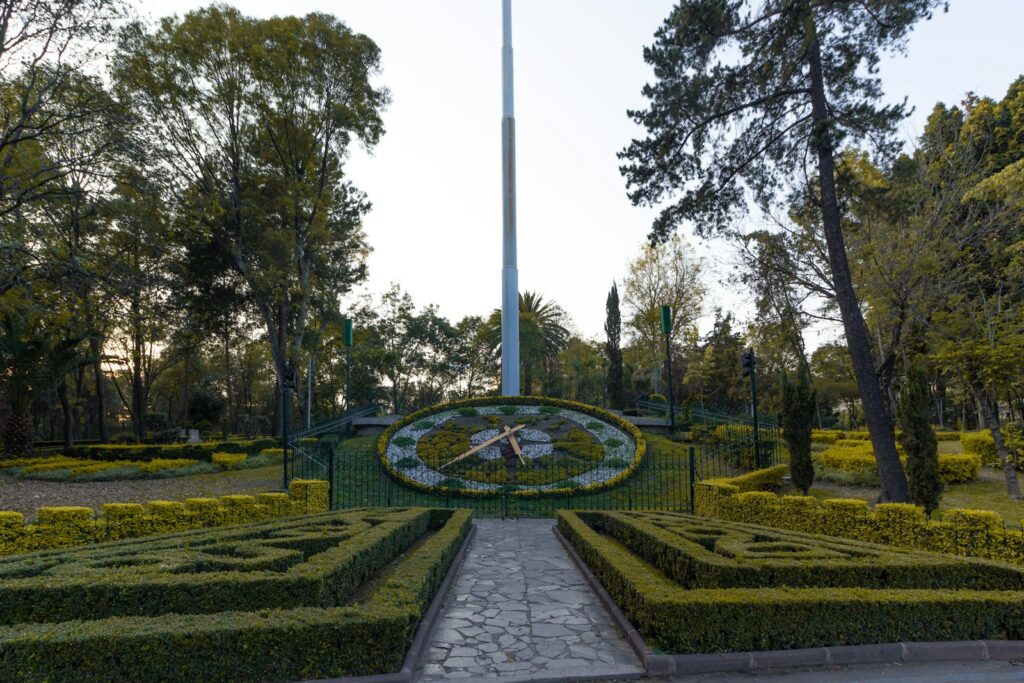
One of the first things that hit me in Mexico City — quite literally — was the noise. Whether it’s the early morning clatter of garbage trucks, late-night fireworks, or the persistent hum of traffic, CDMX rarely sleeps.
In my first apartment near Avenida Álvaro Obregón, I was stunned by how loud the street noise could be, even at 2 a.m. Even in “quiet” neighborhoods like Coyoacán, it’s not uncommon to hear barking dogs, roving vendors with megaphones, or the bassline of a late-night party. Double-paned windows help, but they won’t block out the constant buzz.
On weekends, I’d escape to Parque México or even duck into quieter cafés on side streets just to give my ears a break. For peace and quiet, consider smaller towns or more tranquil cities — a contrast I truly appreciated during my years in Guadalajara.
6. Bureaucracy and Red Tape
Bureaucracy in Mexico City is not just a challenge — it’s a lifestyle. Tasks that seem simple, like getting a cellphone plan, paying a utility bill, or renewing your visa, often require multiple trips, printed documents, and plenty of patience.
Opening a bank account, for example, took me three separate visits. One day it was “missing a proof of address,” the next it was “the letter isn’t stamped correctly.” Even my residency visa renewal required standing in a line for four hours at the INM office, followed by a week-long wait just to get an appointment.
I quickly learned to make photocopies of everything (twice), arrive early, and always bring a pen. Thankfully, some expat resources like the Moving to Mexico Guide helped me understand the process better before I dove in.
It’s manageable, but it’s not for the faint of heart.
7. Earthquake Risks: Living on Edge
One of the realities of living in Mexico City is its position atop several seismic fault lines. Earthquakes are a part of life here, and while many are mild, the psychological toll is very real.
My first earthquake hit at 7:15 a.m. — a sharp jolt followed by a slow sway. It was a 6.1 magnitude, and the building I lived in groaned as it shifted. Luckily, it was over quickly, but the adrenaline rush stuck with me all day. The city has a robust early warning system (SASMEX), and sirens will blare seconds before tremors hit, which helps — but it can also cause panic, especially for newcomers.
After that experience, I made sure my apartment had a solid earthquake safety rating and avoided older, unreinforced buildings. I also put together a basic emergency bag and memorized the evacuation plan for my floor. For anyone considering CDMX, this guide to safety in Mexico offers practical advice beyond just crime — including how to handle natural risks like earthquakes.
8. Quality of Public Services
While Mexico City offers many conveniences, its public services can be inconsistent. In older neighborhoods, water outages are common during maintenance periods, and blackouts can happen during rainy season storms.
In my building in Roma Sur, we once lost running water for 36 hours due to a pipe burst on the street — no notice, no timeline for repairs. You learn to keep spare drinking water and a few buckets around just in case.
Internet reliability can also vary by provider and location. While fiber-optic service through Telmex or Izzi is available in central areas, upload speeds are still significantly slower than what I was used to back in the U.S. For remote workers, having a backup mobile hotspot is a smart idea.
If stable infrastructure is high on your list, I’d suggest checking building age and services before signing a lease. Living in Mexico: Pros and Cons is a good resource to evaluate these trade-offs across cities.
9. Language Barrier Frustrations
I arrived in Mexico City with intermediate Spanish, but even so, I often felt overwhelmed navigating day-to-day tasks. English is spoken in some tourist-heavy areas like Polanco, but in most daily scenarios — visiting a doctor, talking to a plumber, dealing with immigration — Spanish is essential.
I once spent 15 minutes trying to explain a leaking pipe to a building technician who didn’t understand my gestures or vocabulary. After that, I started carrying a small notepad and relied heavily on Google Translate.
Enrolling in local Spanish classes was one of the best decisions I made. Not only did it help me feel more confident, but it also helped me connect more deeply with locals. If you’re serious about staying long-term, learning Spanish isn’t optional — it’s your gateway to everyday survival and richer cultural experience.
9. Language Barrier Frustrations
I arrived in Mexico City with intermediate Spanish, but even so, I often felt overwhelmed navigating day-to-day tasks. English is spoken in some tourist-heavy areas like Polanco, but in most daily scenarios — visiting a doctor, talking to a plumber, dealing with immigration — Spanish is essential.
I once spent 15 minutes trying to explain a leaking pipe to a building technician who didn’t understand my gestures or vocabulary. After that, I started carrying a small notepad and relied heavily on Google Translate.
Enrolling in local Spanish classes was one of the best decisions I made. Not only did it help me feel more confident, but it also helped me connect more deeply with locals. If you’re serious about staying long-term, learning Spanish isn’t optional — it’s your gateway to everyday survival and richer cultural experience.
10. Cultural Adjustments That Took Time
Even though I had lived in other parts of Mexico, Mexico City came with its own pace, etiquette, and customs. Social norms here can feel different from what expats may be used to — people greet each other individually in groups, are typically less confrontational, and often show up 20–30 minutes late to social gatherings.
Adjusting to this rhythm took time, especially when coming from a punctual, fast-paced culture. But understanding these nuances helped me integrate better. The key was observing, asking questions, and accepting that cultural differences aren’t flaws — they’re just part of the adaptation process. The article on Living in Mexico: Pros and Cons breaks this down beautifully.
11. Transportation Headaches
Mexico City has a vast transportation network, but it’s not without its flaws. The Metro is cheap (5 pesos, or about $0.30 USD), but it can be unbearably crowded during rush hours. I once missed three trains in a row simply because there was no room to get on.
Metrobus and RTP buses offer additional options, but breakdowns and delays are common. Uber is safer and more convenient, especially at night, but surge pricing can be brutal — I’ve paid as much as $15 USD for a 10-minute ride in a rainstorm.
Getting around often became a time and energy drain. That’s one reason I appreciated the smaller scale and smoother traffic of Guadalajara and recommend weighing that lifestyle against CDMX’s congestion.
12. Tourist Seasons Bring Price Surges
While Mexico City isn’t as tourist-saturated as coastal towns, peak seasons — especially around Christmas, Semana Santa, and Día de Muertos — still drive up prices and congestion. During these times, I noticed Airbnb units doubling in price and my favorite restaurants and bars packed with long wait times.
Some locals temporarily rent out their apartments during high season to capitalize on the influx, which can make housing availability tight for long-term renters. I ended up negotiating a 12-month lease just to avoid being priced out during the holidays. For anyone considering a flexible or seasonal stay, check out the Mexico Travel Tips guide to plan around major tourist dates.
9. Language Barrier Frustrations
I arrived in Mexico City with intermediate Spanish, but even so, I often felt overwhelmed navigating day-to-day tasks. English is spoken in some tourist-heavy areas like Polanco, but in most daily scenarios — visiting a doctor, talking to a plumber, dealing with immigration — Spanish is essential.
I once spent 15 minutes trying to explain a leaking pipe to a building technician who didn’t understand my gestures or vocabulary. After that, I started carrying a small notepad and relied heavily on Google Translate.
Enrolling in local Spanish classes was one of the best decisions I made. Not only did it help me feel more confident, but it also helped me connect more deeply with locals. If you’re serious about staying long-term, learning Spanish isn’t optional — it’s your gateway to everyday survival and richer cultural experience.
10. Cultural Adjustments That Took Time
Even though I had lived in other parts of Mexico, Mexico City came with its own pace, etiquette, and customs. Social norms here can feel different from what expats may be used to — people greet each other individually in groups, are typically less confrontational, and often show up 20–30 minutes late to social gatherings.
Adjusting to this rhythm took time, especially when coming from a punctual, fast-paced culture. But understanding these nuances helped me integrate better. The key was observing, asking questions, and accepting that cultural differences aren’t flaws — they’re just part of the adaptation process. The article on Living in Mexico: Pros and Cons breaks this down beautifully.
11. Transportation Headaches
Mexico City has a vast transportation network, but it’s not without its flaws. The Metro is cheap (5 pesos, or about $0.30 USD), but it can be unbearably crowded during rush hours. I once missed three trains in a row simply because there was no room to get on.
Metrobus and RTP buses offer additional options, but breakdowns and delays are common. Uber is safer and more convenient, especially at night, but surge pricing can be brutal — I’ve paid as much as $15 USD for a 10-minute ride in a rainstorm.
Getting around often became a time and energy drain. That’s one reason I appreciated the smaller scale and smoother traffic of Guadalajara and recommend weighing that lifestyle against CDMX’s congestion.
13. Feeling Anonymous in a Massive City
In a city of over 22 million people, it’s surprisingly easy to feel alone. Building real community in Mexico City takes time and effort. While locals are generally friendly, forming deeper connections as an expat can feel like an uphill battle.
When I first moved here, I missed the sense of neighborhood belonging I’d experienced in Puerto Vallarta and Guadalajara. CDMX has its share of expat meetups and coworking spaces — but if you’re not proactive, it’s easy to drift.
Eventually, I found my tribe through a mix of language exchanges, coworking communities, and weekend hiking groups. But it didn’t happen overnight.
14. Healthcare Surprises
Mexico City offers some of the best private healthcare in Latin America. Clinics like Médica Sur and Hospital Ángeles are world-class and affordable compared to U.S. rates — I paid $45 USD for a specialist visit and $70 USD for an emergency dental appointment.
However, public hospitals can be crowded and slower, and many expats (myself included) choose to carry private insurance. My expat plan runs about $100/month and covers most basics.
Still, navigating healthcare without fluent Spanish can be stressful. I always recommend checking out this guide to health and safety in Mexico before making the leap.
15. Final Thoughts: Would I Still Choose Mexico City?
Living in Mexico City isn’t always easy — it’s chaotic, gritty, and endlessly intense. But it’s also alive in a way few cities are. Despite the frustrations, I don’t regret my time here. It challenged me, taught me patience, and gave me a deeper appreciation for Mexico as a whole.
If you crave calm, clean air, and walkable peace, maybe CDMX isn’t your match. But if you’re up for a wild, complicated, vibrant ride — this city might just become your favorite chapter yet.
For broader comparisons and to find your perfect fit, browse Top Expat Destinations in Mexico before you pack your bags.
Conclusion: Balancing the Pros and Cons of Mexico City Life
Mexico City dazzles and drains in equal measure. It’s not a cheap escape or a romanticized version of Latin America — it’s a real, raw, beautiful mess. Knowing the challenges ahead of time gave me the chance to prepare — and ultimately, to thrive.
Hopefully, this honest breakdown helps you decide if the DF life is right for you. If not, there’s a whole country waiting — and many other cities that just might fit you better.


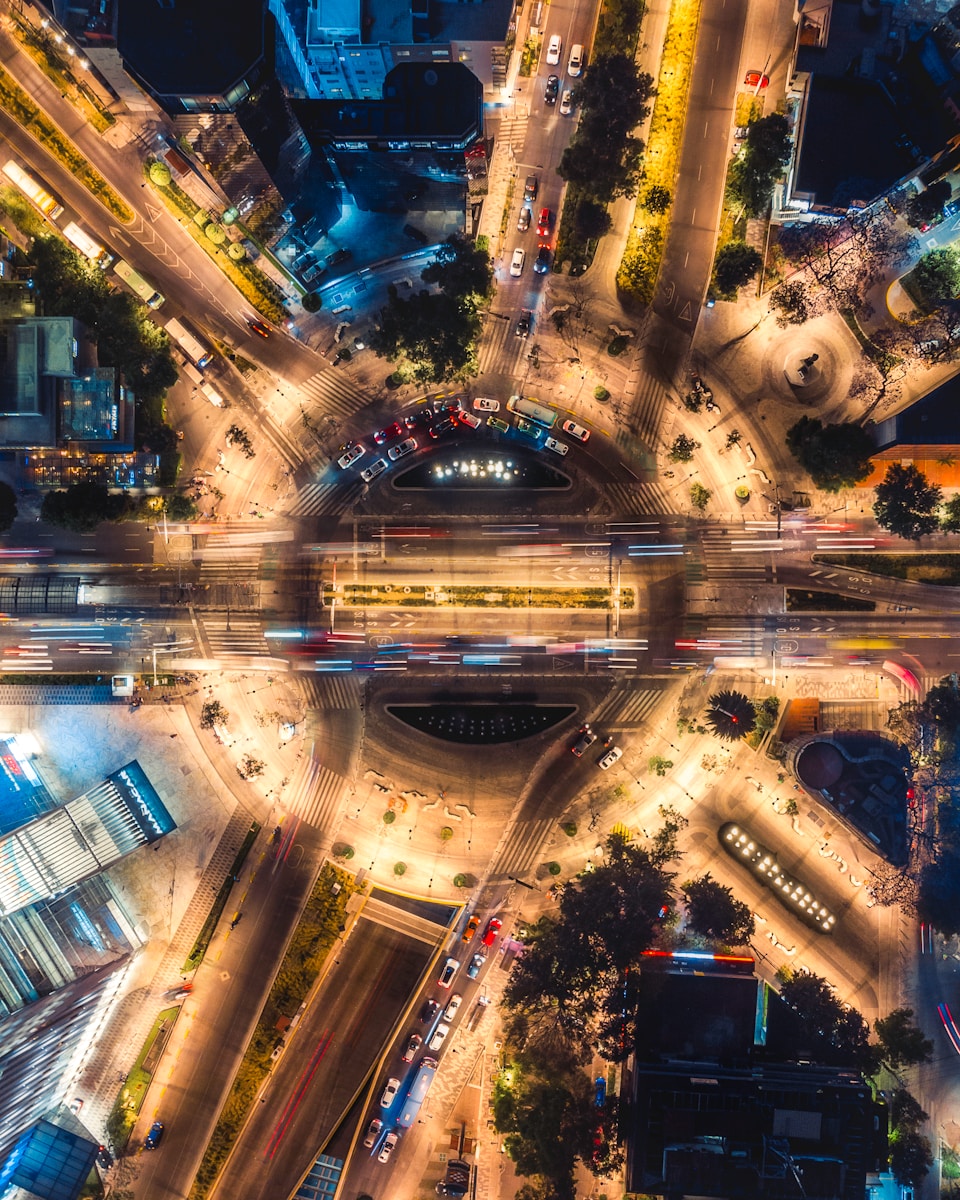
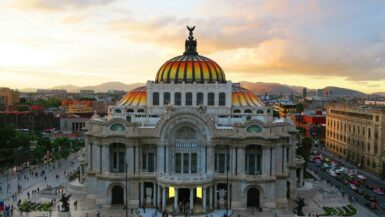

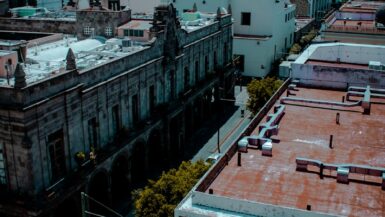
Leave a reply